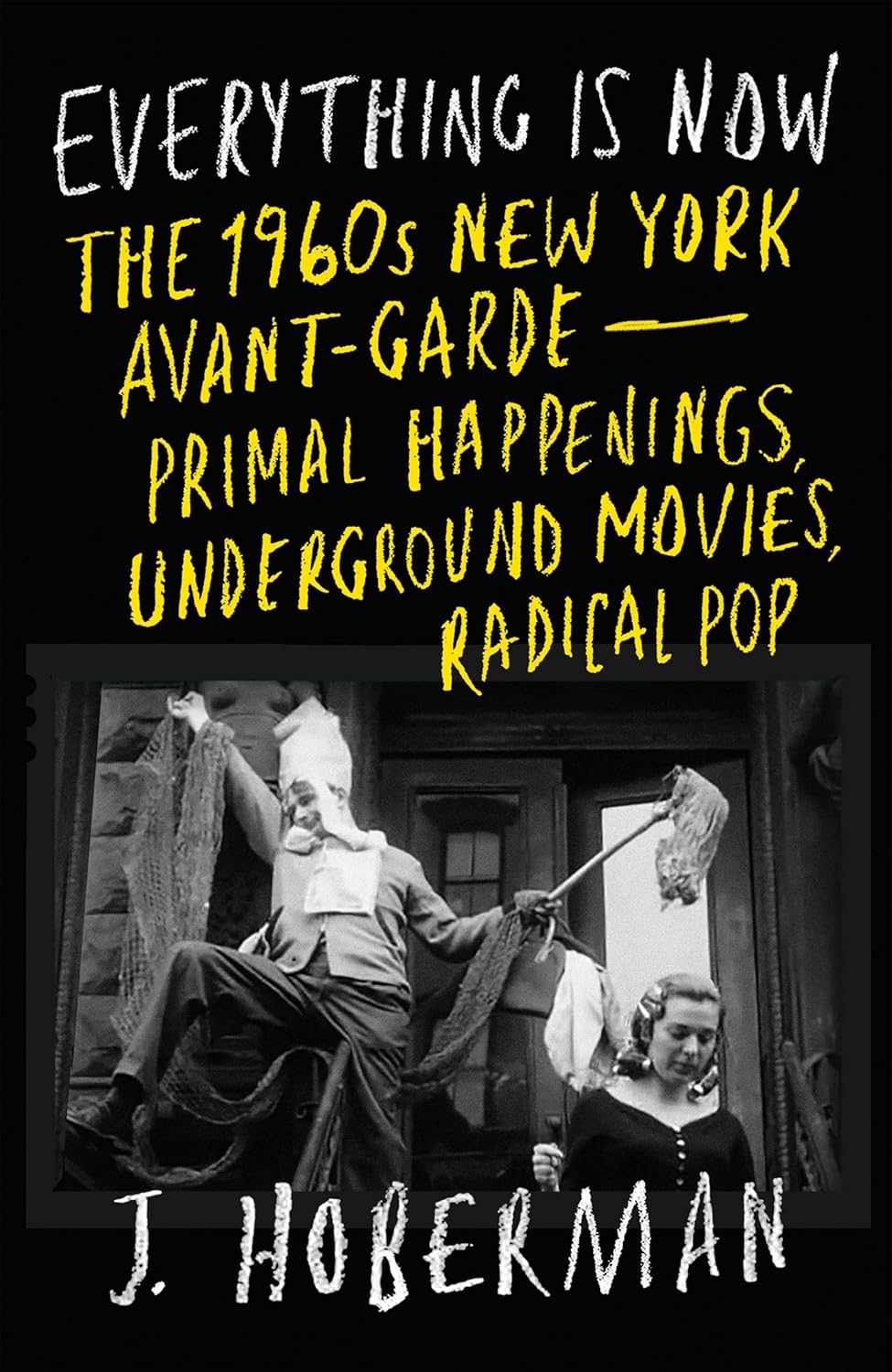“You cannot rebuild a city without moving people,” Moses explained at the May 1959 groundbreaking, an event attended by President Dwight D. Eisenhower and that was deemed sufficiently significant to broadcast live in New York City classrooms (or at least mine). “You cannot make an omelet without breaking eggs.”
Free-for-all
Around one o’clock on a Sunday morning in early January 1961, the fire department shut down the Gaslight Poetry Café … again. Not six months earlier, the Village Voice ran a page-one story ominously headlined GASLIGHT, BEATNIK SPA, EXTINGUISHED FOREVER. The place was eulogized: “Poetry, singing — and an occasional brawl — made it famous.” Sick of the tumultuous neighborhood the South Village had become, owner John Mitchell threatened to move to the Caribbean.
South of Washington Square and east of Sixth Avenue, Greenwich Village was a territorial free-for-all. Urban planners and real estate developers joined forces to fight a tenuous coalition of neighborhood activists and night-life entrepreneurs like Mitchell and Art D’Lugoff.
On another front, the latter were themselves pitted against the police and other municipal authorities (including the Mob) who had allied with the community’s indigenous, working-class, largely Italian families in opposition to the burgeoning Beat element (drawn to the South Village by relatively cheap rents and relaxed social mores). Paradoxically, the Beats were united with their hostile neighbors in disdain for the swarm of weekend tourists courted by the coffeehouse entrepreneurs.
Race was also a factor. “The general resentment the locals felt toward the white bohemians was quadrupled at the sight of the black species,” Amiri Baraka recalled in The Autobiography of LeRoi Jones. Interracial couples drew hostile stares. Black and Italian teens repeatedly scuffled in Washington Square. During the summer of 1960, the Voice had articulated fears of a full-scale “rumble” in the park. Izzy Young told the press that “some people don’t want Negroes down here.”
The socialist journal Dissent was preparing a special-issue portrait of New York. “The biggest change in the composition of the Village beat scene and in Village life generally, is the far greater absolute number and far greater percentage of Negroes,” the sociologist Ned Polsky declared in his contribution.
Although the Village was scarcely easier for African Americans to rent apartments in than other white neighborhoods, the area was home to some notable Black writers, including Lorraine Hansberry, Claude Brown, and James Baldwin, as well as James Farmer, who had coined the term “Freedom Ride” while serving as the national director of the Congress of Racial Equality (CORE), the most prominent of New York civil rights organizations.
